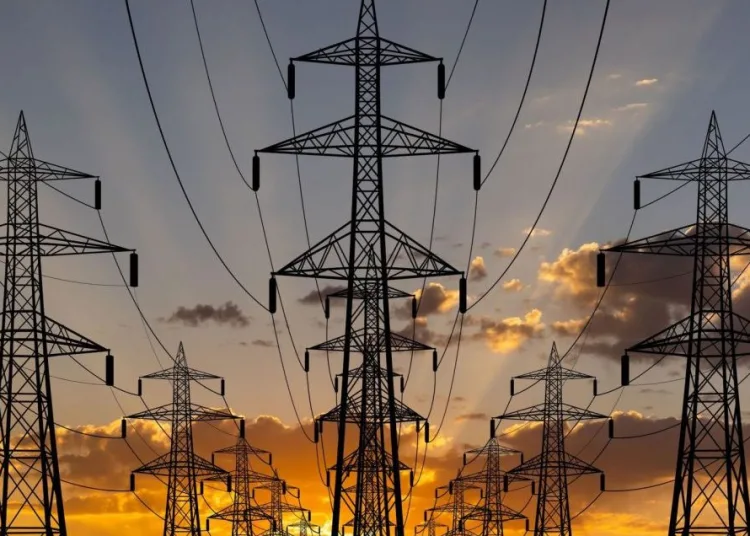Rabat – August 16, 2025 – Morocco’s ambitious high-voltage “power highway” linking the southern provinces to the central region has taken a major step forward. The National Office for Electricity and Drinking Water (ONEE) has entrusted Novec, a subsidiary of the CDG group, with conducting the environmental and social impact assessments of the project.
Novec Wins All Three Lots
Novec secured all three study packages, covering the Oued Lekraâ conversion station and the Oued Lekraâ–Tan Tan segment, the Tan Tan–Marrakech line, as well as the Mediouna conversion station near Casablanca and the Marrakech–Mediouna segment. The firm outperformed three competitors – GCIM, Phenixa, and Hydraumet – with the most competitive technical and financial offer.
A Strategic Energy Corridor
Stretching over 1,400 kilometers, the project is being developed by the consortium FM6I–Taqa Morocco–Nareva, which was awarded the construction contract in May 2025. Designed to carry surplus renewable power from the southern provinces toward central Morocco, the line will significantly strengthen grid stability and national energy security.
The first phase, with a capacity of 1,500 MW, is scheduled to be operational in 2026, followed by a second 1,500 MW phase in 2028.
Broader Investment Program
Beyond electricity transport, the winning consortium is set to deliver:
1,200 MW of new renewable generation capacity,
a 1,500 MW gas-fired combined cycle plant at Tahaddart,
800 million m³ per year of inter-basin water transfer infrastructure, and
large-scale desalination facilities with a total capacity of 900 million m³ per year, fully powered by renewables.
Financial Backing from Europe
To support these efforts, ONEE recently secured €300 million in financing from the European Investment Bank (EIB), Germany’s KfW development bank, and the European Union. This package is intended to strengthen the national grid and facilitate integration of renewable energy into the system.
Reinforcing Sovereignty in Energy and Water
The South-Central power highway embodies Morocco’s dual strategy of enhancing energy independence and water security. By accelerating renewable integration while simultaneously addressing hydric stress, the project underlines the Kingdom’s ambition to combine sustainable growth with infrastructure resilience.








